









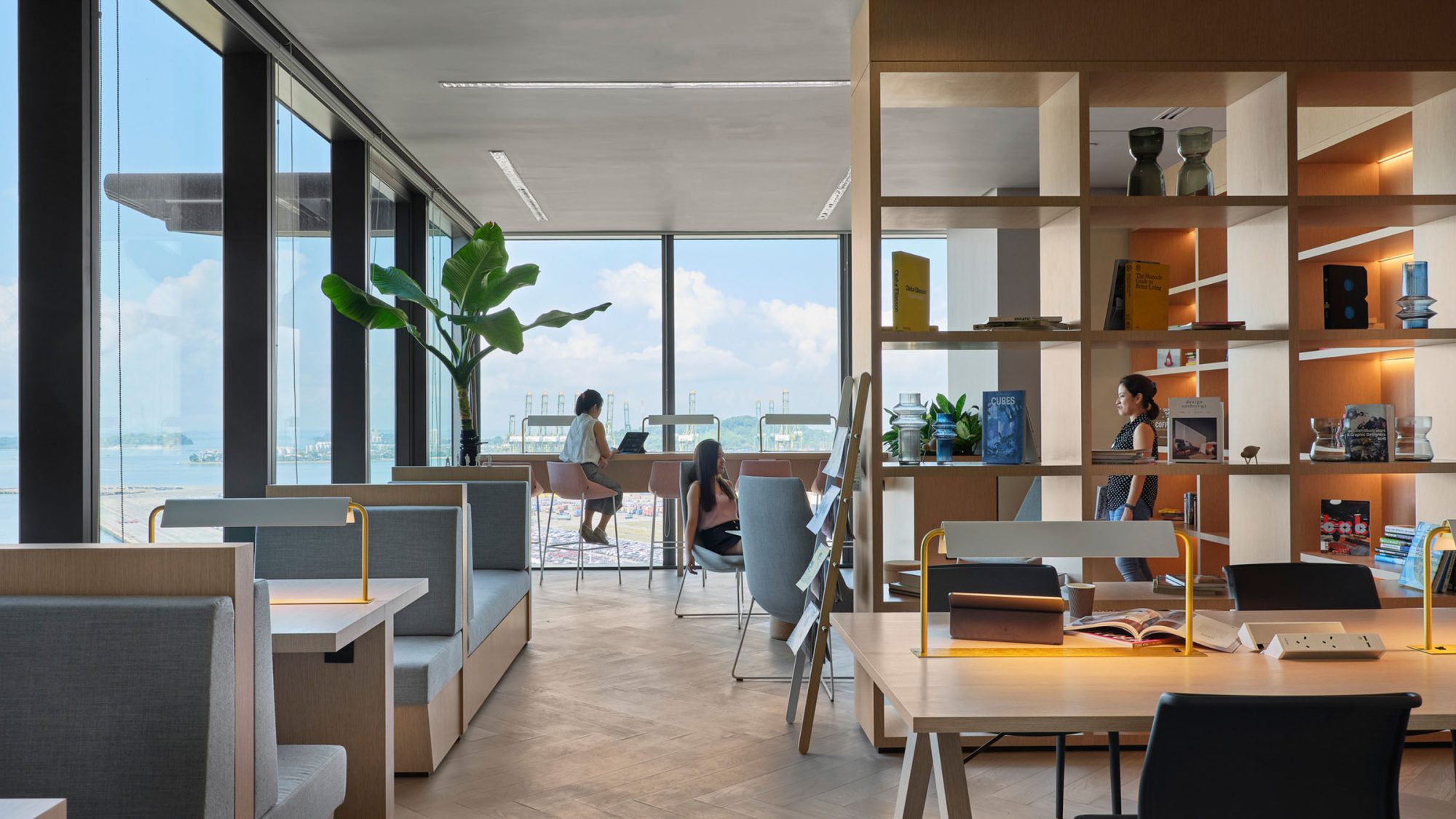 Zendesk, Singapore - a LEED Silver certified office
Zendesk, Singapore - a LEED Silver certified office
In this article, we explore how sustainable office design certifications can help support your decarbonisation goals. Compare global standards and their benefits, and learn more about how to get your space recognised.
Sustainable office design certifications confirm your space is sustainable. Overall, they benchmark environmental performance through measurement, reporting and goal setting. A certification plaque demonstrates a space meets specific sustainable office design criteria. We can use this to help understand the project’s impact.
Need to meet your ESG goals or educate employees on the benefits of their space? Office design certifications help translate your sustainability goals into tangible results. Some clients use it to gain competitive edge. Others want to attract tenants and reduce vacancy rates. Whatever your decarbonisation goals are, we’re here to help.
At M Moser, we have 150 in-house sustainability accredited professionals delivering over 12 million sq ft of projects recognised for sustainability. As part of our commitment to a zero-carbon future, we collaborate with building standards to develop and evolve best practices for sustainable design. With our deep rooted industry knowledge and experience, we can help you achieve sustainability certifications.
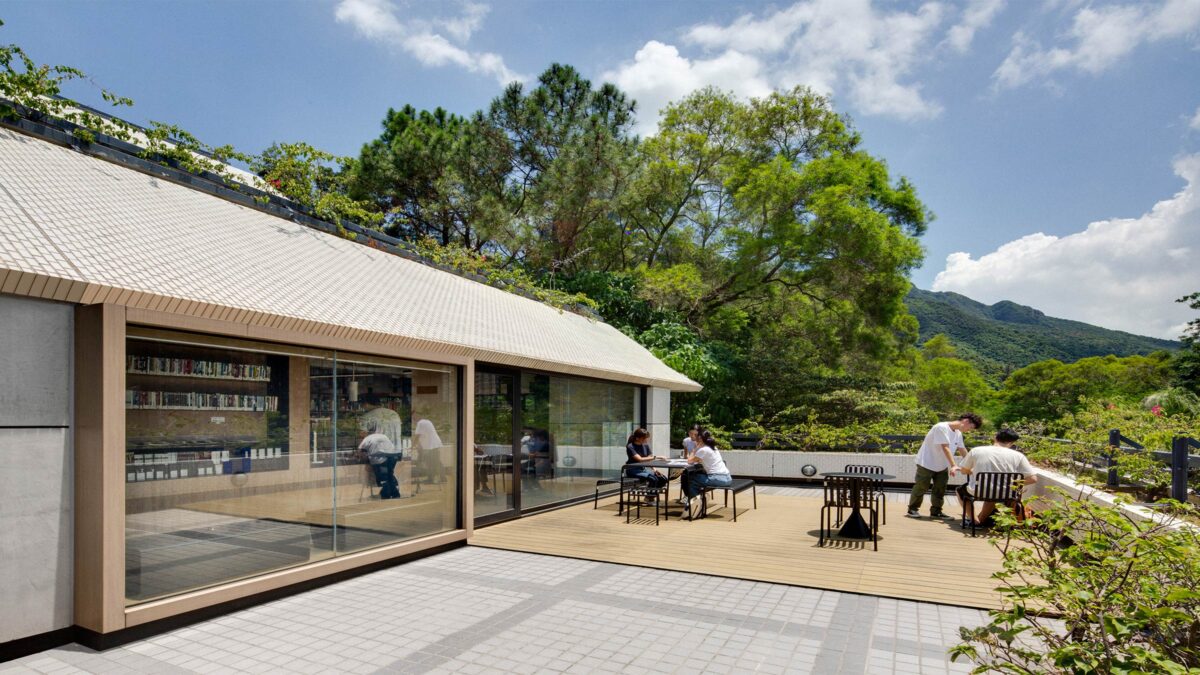 Li Po Chun United World College, Hong Kong - a LEED certified school
Li Po Chun United World College, Hong Kong - a LEED certified school LEED stands for “Leadership in Energy and Environmental Design”. A framework for healthy, efficient and economic buildings, it is the most widely used green building rating system in the world. Run by the US Green Building Council (USGBC), LEED is a global benchmark for sustainable office design.
M Moser is just one of 27 organisations that is a LEED Proven Provider under the LEED ID+C rating system. 75% of our LEED projects are Gold or Platinum. We’ve achieved a number of industry firsts including the first LEED Platinum project in Africa.
BREEAM stands for “Building Research Establishment Environmental Assessment Methodology”. It focuses on understanding and certifying the environmental performance of a building. Led by the Building Research Establishment (BRE), BREEAM has licensed assessors that evaluate spaces using sustainable building criteria. BREEAM is an international standard that offers localised standards in the UK, USA, Netherlands, Spain, Norway, Sweden, and Germany.
The International Living Future Institute (ILFI)’s Zero Carbon certification encourages projects to evaluate, reduce and offset their operational and embodied carbon, neutralising their carbon impact. It can be applied to both new and existing spaces.
Zero Energy is also led by the International Living Future Institute (ILFI). It’s awarded for the actual (not modelled) net zero energy performance of a building. Particularly, this standard demonstrates that all onsite energy is supplied by renewables and no combustion is used.
Formerly known as The Oceanic Standard (TOS), Blue is designed by Oceanic Global to eliminate all single-use plastics and encourage ocean and water-positive actions. All in all, Blue can quickly scale and easily incorporates into ESG metrics. The M Moser Living Labs all have Blue certifications.
Unlike other standards, the Living Building Challenge (LBC) encourages regeneration. Based on actual (rather than modelled) performance, the LBC certification requires a year of auditing. Projects must address seven categories known as petals – Place, Water, Energy, Health & Happiness, Materials, Equity and Beauty – to meet integrated goals. M Moser delivered the first Living Building Challenge (LBC) project in Asia Pacific.
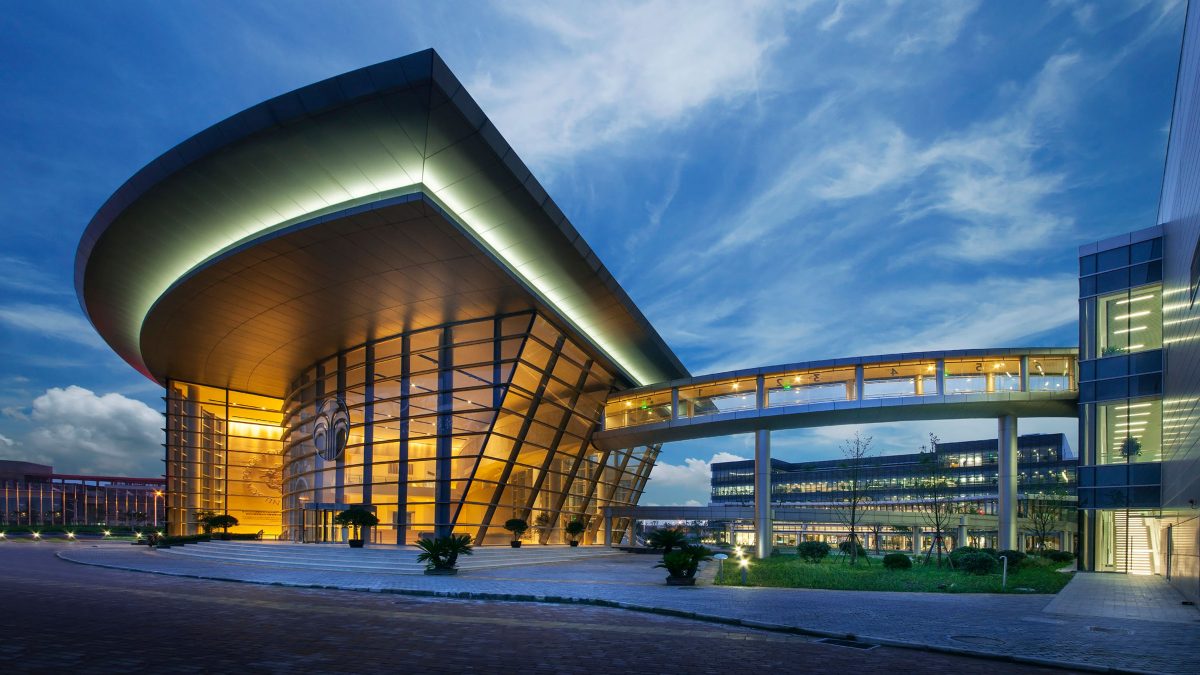 Nu Skin, Shanghai - a LEED Gold certified project
Nu Skin, Shanghai - a LEED Gold certified project Every business’ needs are different. Working closely with you, we explore how your organisation benchmarks sustainability. In addition to achieving global standards, some clients may choose to focus on local certifications such as the SKA rating (UK) or BEAM Plus (Hong Kong). Whether its global, local or both – we can advise on which could best support your business.
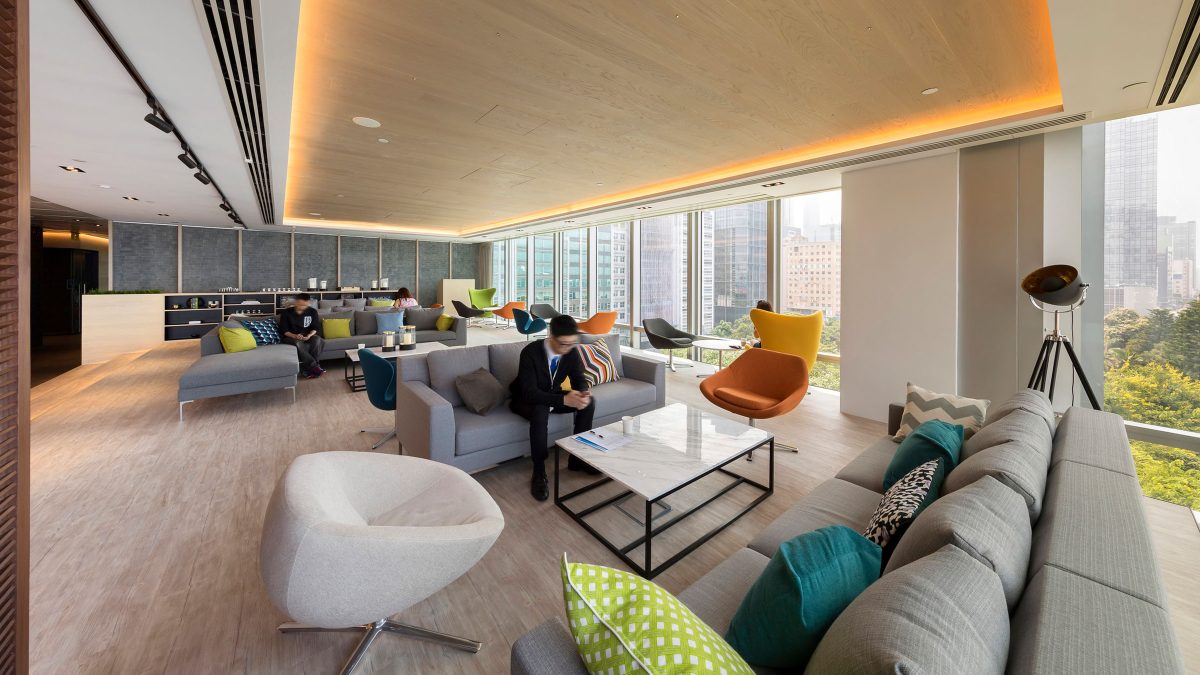 Citi Tower One Bay East, Hong Kong - a LEED Platinum certified workplace
Citi Tower One Bay East, Hong Kong - a LEED Platinum certified workplace 1. Predesign
• Kick off the project with a sustainability brief.
• Design, engineering, procurement and sustainability teams strategise solutions.
• Register for certifications and address any roadblocks to meeting preconditions.
• Liaise with the landlord to understand base building provisions for sustainability.
2. Design
• Connect sustainability solutions with practical and aesthetic needs.
• Life cycle analyses of environmental impact and cost reporting.
• Ensure technical design and specifications reflect energy efficiency.
3. Construction
• Set expectations for worksite management; energy and water monitoring, low VOC applied product selection and diversion of waste from the landfill.
• Re-evaluate specifications and update energy models.
• Commission and finalise documents to submit to certifying bodies.
4. In-use
• Prepare onsite testing and guidebooks for users.
• Certification awarded!
• In addition: ongoing environmental action and certification maintenance.
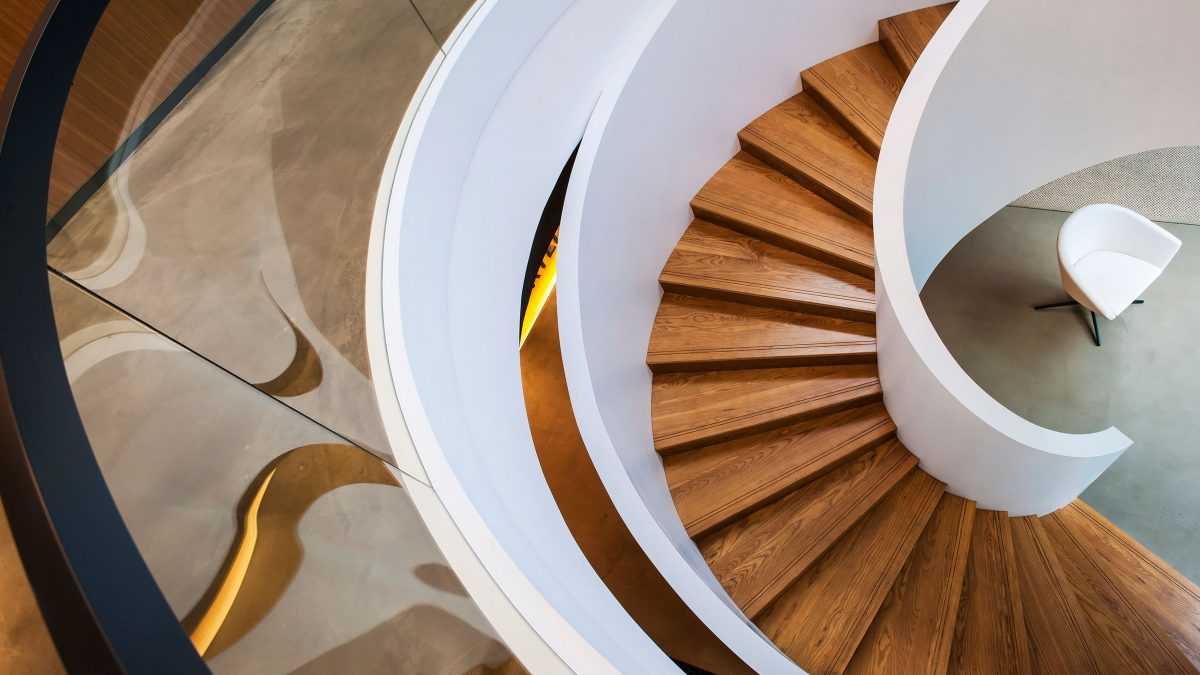 arvato, Shanghai - a LEED certified office space
arvato, Shanghai - a LEED certified office space Together with our clients, partners, and the industry, we’re working to build a net zero future. From cutting waste to shifting industry standards – achieving sustainable office design certifications is an important piece in the puzzle.
There are a broad range of certifications available – this is by no means a definitive list. Want to learn more about which would most benefit your workplace? Please speak to a member of the M Moser Sustainability team.
Associate Director. Sustainability